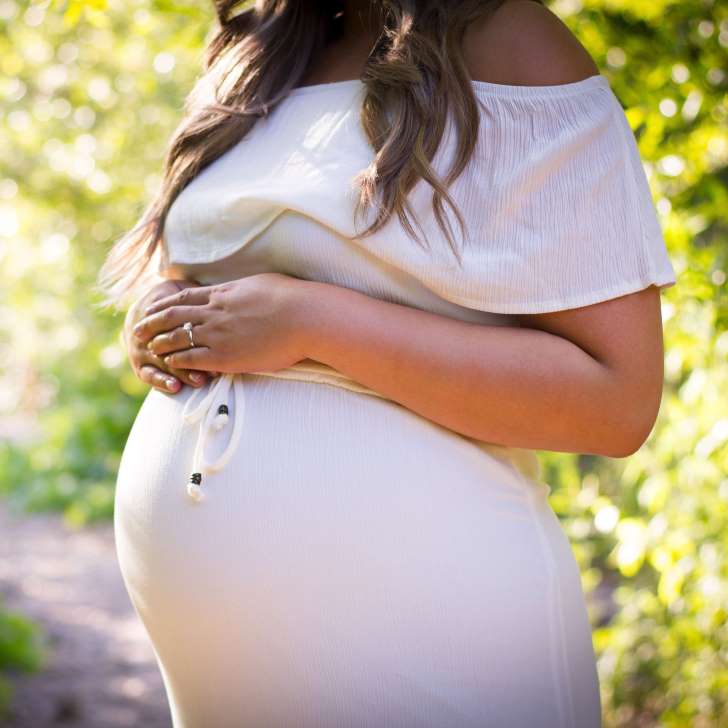Scientists were able to identify a hormone which increases protein levels in the womb lining, making it more conducive for fertilized eggs to get implanted.
Women who opt to shelve their plans of motherhood for later in life are often faced with challenges when trying to get pregnant. Now, a new study may have come one step closer to finding a possible solution to help older women conceive.
Scientists at the University of Edinburgh were able to identify a fertility hormone that improves conditions of the womb lining, preparing it for pregnancy. According to a paper published in the medical journal Fertility and Sterility, the hormone Dehydroepiandrosterone or DHEA, was able to double the number of proteins that helped make the uterus conducive to conception.
Typically, the uterus releases hormones during the menstrual cycle which signal the womb lining to create additional protein to help fertilized eggs get attached to it. As this production reduces with time, the chances of implantation of the fertilized eggs decrease, making it more difficult for women of an advanced reproductive age to get pregnant.
For the research, tests were conducted on tissue donated by women in their 40s who were undergoing unrelated surgery. Scientists discovered that by treating womb lining cells with DHEA, there was a significant increase in the production of proteins required for implantation.
Additionally, it also boosted production of active androgens – a group of hormones found in men.
“A fertilized egg will implant only if the conditions are just right and we were excited to see that DHEA and androgens might help improve this environment in cells,” said lead author Dr Douglas Gibson, from the Medical Research Council (MRC) Centre for Inflammation Research at the University of Edinburgh. “The findings will help us develop studies for potential therapies but more research is needed before we can tell if this approach could be used to help women who are struggling to conceive.”
Considering the early stage of the research, the team was unable to confirm if DHEA treatment could help women suffering from fertility problems. However, the discovery does hold promise.
“This study is important in learning more about what’s required for a successful implantation and healthy pregnancy. This research may be in its early stages, but it’s worthwhile because it lays the groundwork to uncovering potential treatments down the road to help women trying to conceive,” said Dr Stephen Meader, Program Manager for Reproductive Health at the MRC, which funded the research.
Typically, female fertility begins to decline from the age of 30. Women in their 40s have fewer eggs and a higher chance of these eggs having genetic abnormalities which could increase chances of miscarriage, cause birth defects, and health problems in the babies. Keeping this in mind, a growing number of women are opting for oocyte cryopreservation or egg freezing in the hopes of getting pregnant at a later date.
If research into DHEA does prove successful in improving chances of pregnancy, a combination of IVF (in vitro fertilization) along with hormone treatment could help older women get through the early period of pregnancy and reduce the chances of miscarriages.
In the meanwhile, scientists are yet to identify the exact environment fertilized eggs require for healthy implantation. Research into the issue led a team from the Centre for Trophoblast Research at the University of Cambridge to create miniature functional models (organoids) of the lining of the womb in a conducive lab environment, in the hopes of better understanding the early stages of pregnancy.
The findings, published in the journal Nature Cell Biology in April 2017, shed light on the changes that occur in the uterus lining prior to and at the time a fertilized egg gets attached.
“These organoids provide a major step forward in investigating the changes that occur during the menstrual cycle and events during early pregnancy when the placenta is established,” noted Dr. Margherita Turco, the study’s lead author. “These events are impossible to capture in a woman, so until now we have had to rely on animal studies.”












